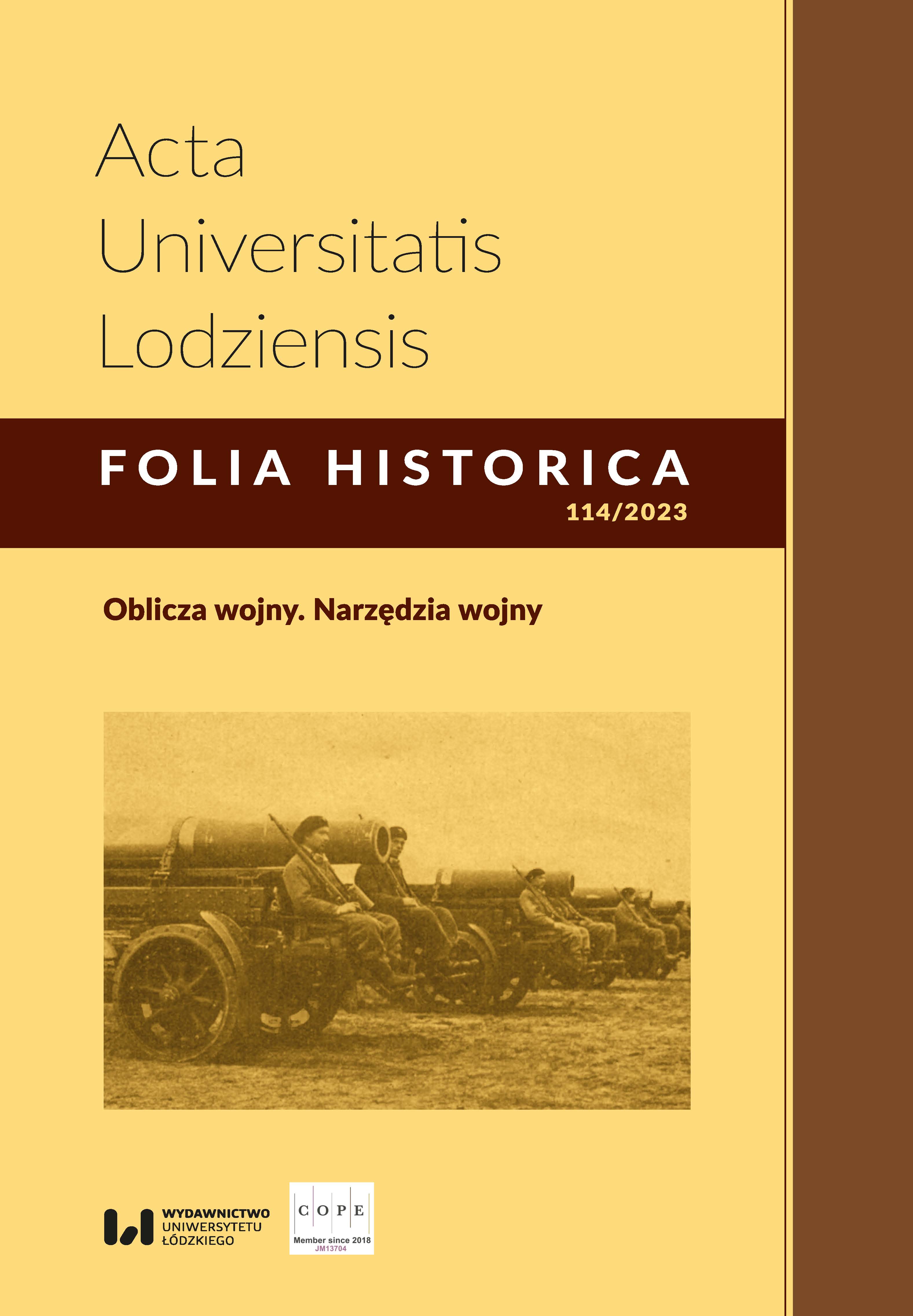The Use of Fortifications of the Former East Prussia by the Polish Army after World War II
DOI:
https://doi.org/10.18778/0208-6050.114.12Keywords:
East Prussia, Polish Army, fortifications, fortification lines, engineering reconnaissance, sappersAbstract
After the end of military operations in East Prussia, the Polish administration just like the Polish Army faced the problem of further use of post-German fortifications. In addition to demining their territory, this was the most important task that the units of the engineering forces had to perform. The duties of the Polish Army were to carry out an inventorisation and to determine the possibility of further use of all fortification facilities. In addition, the Polish Army supervised their further use as part of the newly created defence system.
On the territory of the contemporary Warmian-Masurian Voivodeship, which was taken over by Poland after World War II, there were two German defensive lines. The first defensive line, running from Braniewo, along the Pasłęka River to Bartoszyce, was 58 km long. The second one, running on the section of Ostróda, Gołdap, was 240 km long. Between 1945–1949, in connection with geopolitical changes, it was planned to leave and maintain those objects that could be useful for defence in the event of a threat from the West. In the first half of the 1950s, as a result of the Cold War Threat, part of the fortifications was maintained, while elements that could be dismantled were used to expand the so-called long-term defence areas in Pomerania.
Downloads
References
Archiwum Wojskowe w Oleśnicy, 46 batalion saperów, sygn. 3094.10.107
Google Scholar
Centralne Archiwum Wojskowe Wojskowego Biura Historycznego [CAW WBH], sygn. IV.500.2.34; IV.501.1/A.706; IV.510.1/A.1543; IV.510.1/A.1545; IV.510.1/A.1578; IV.510.1/A.1626; IV.521.15.44
Google Scholar
Barszczewski Z., Przywrócone życiu. Rozminowanie ziem Polski, Warszawa 1998.
Google Scholar
Dieckert K., Grossmann H., Bój o Prusy Wschodnie. Kronika dramatu 1944–1945, Gdańsk 2011.
Google Scholar
Kempa R., Twierdza Boyen w Giżycku, Giżycko 2012.
Google Scholar
Łach W. B., Niemieckie kwatery dowodzenia w obszarze Wielkich Jezior Mazurskich w systemie militarnym III Rzeszy niemieckiej, [w:] Dzieje militarne Krainy Wielkich Jezior Mazurskich, red. W. B. Łach, D. Radziwiłłowicz, S. Janowicz, Wilkasy 2013, s. 105–132.
Google Scholar
Łach W. B., System obronny na Warmii i Mazurach w czasie II wojny światowej, Węgorzewo 2002.
Google Scholar
Łach W. B., System obronny Prus Wschodnich (do 1935 roku), Olsztyn 1997.
Google Scholar
Perzyk B., Wolfschanze – las, beton i miny, Warszawa 2014.
Google Scholar
Rużewicz W., Fortyfikacje nowożytne Prus Wschodnich – przewodnik, Łódź 2006.
Google Scholar
Szymańska M., Szymański J., Kwatery główne Hitlera oraz niemieckie stanowiska dowodzenia w Polsce. Przegląd niemieckich kwater dowodzenia w Europie, Łódź 2002.
Google Scholar
Zeidler F. W., Zeigert D., Kwatery główne Führera, Warszawa 2001.
Google Scholar
Żywiczyński A., Wschodniopruska pozycja obronna – historia, stan zachowania, badania i zagospodarowanie do celów turystycznych [w:] Fortyfikacje nowożytne w Polsce – badania, realizacje, projekty. Zagospodarowanie do współczesnych funkcji, red. L. Narębski, Toruń 2013, s. 237–247.
Google Scholar
Downloads
Published
How to Cite
Issue
Section
License

This work is licensed under a Creative Commons Attribution-NonCommercial-NoDerivatives 4.0 International License.











